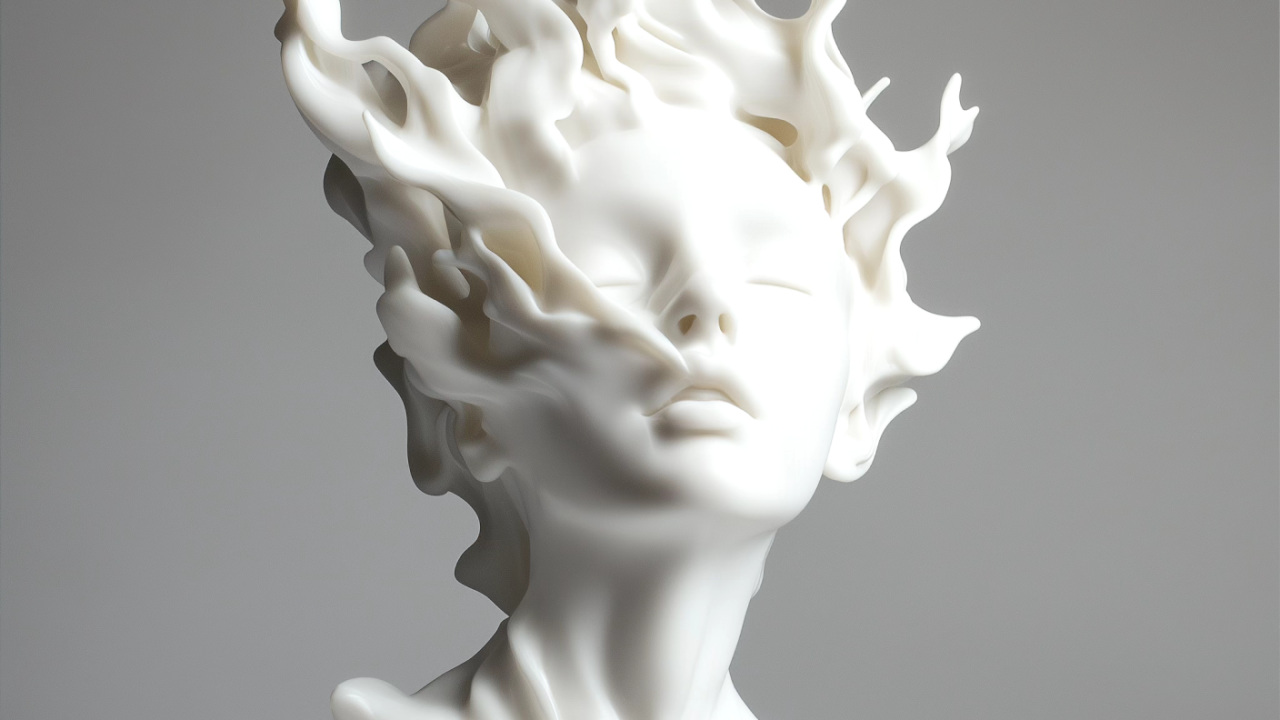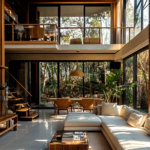3D printing is revolutionizing the world of art and architecture, offering unprecedented opportunities for creativity and innovation. This cutting-edge technology is not just a tool for prototyping but is rapidly becoming a medium for producing complex, intricate designs that were once thought impossible. From bespoke sculptures to sustainable buildings, 3D printing is pushing the boundaries of what can be created, reshaping how artists and architects approach their work.
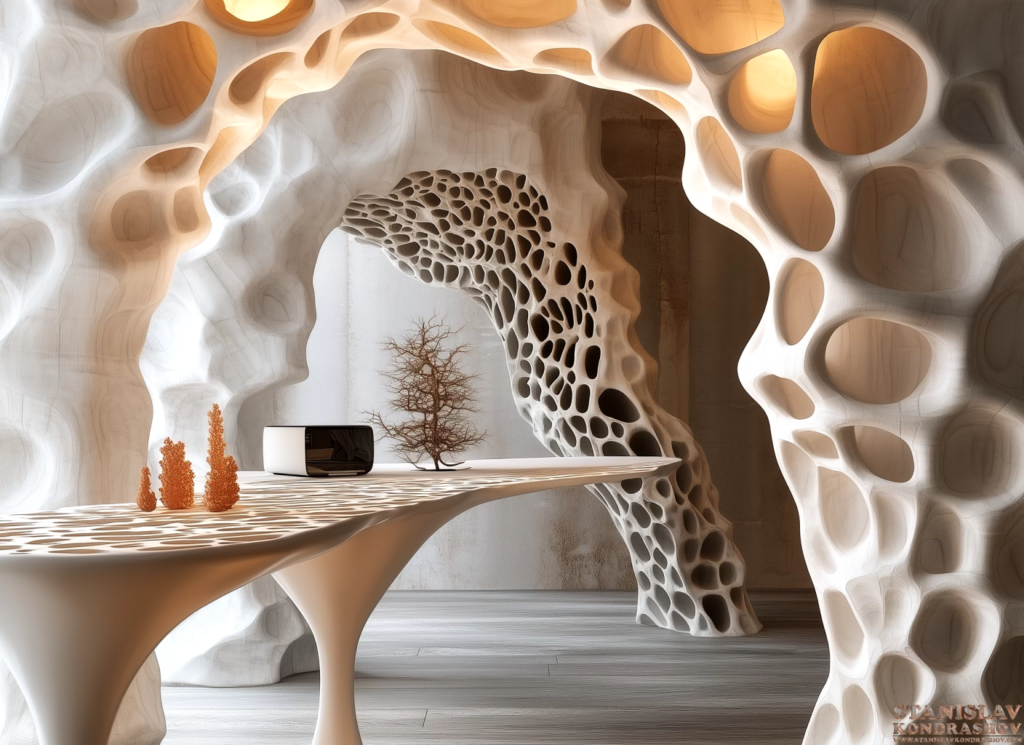
Transforming Artistic Expression
In the realm of art, 3D printing has opened up new avenues for creative expression. Artists can now create pieces with intricate details and unique forms that were previously unattainable with traditional methods. This technology allows for the exploration of new materials and the production of art that is not only visually stunning but also structurally innovative.
- Complex Sculptures: Artists are using 3D printing to produce sculptures with intricate geometries that would be impossible to carve by hand. This allows for the creation of abstract forms and detailed textures that push the limits of artistic design.
- Customization and Replication: 3D printing offers artists the ability to easily replicate their works or customize pieces on demand. This is particularly beneficial in the world of collectibles and limited-edition art, where each piece can be tailored to the buyer’s specifications.
- Integration of Technology and Art: The fusion of technology and art is more apparent than ever with 3D printing. Artists are now able to incorporate interactive elements into their designs, such as light and movement, creating immersive experiences for viewers.
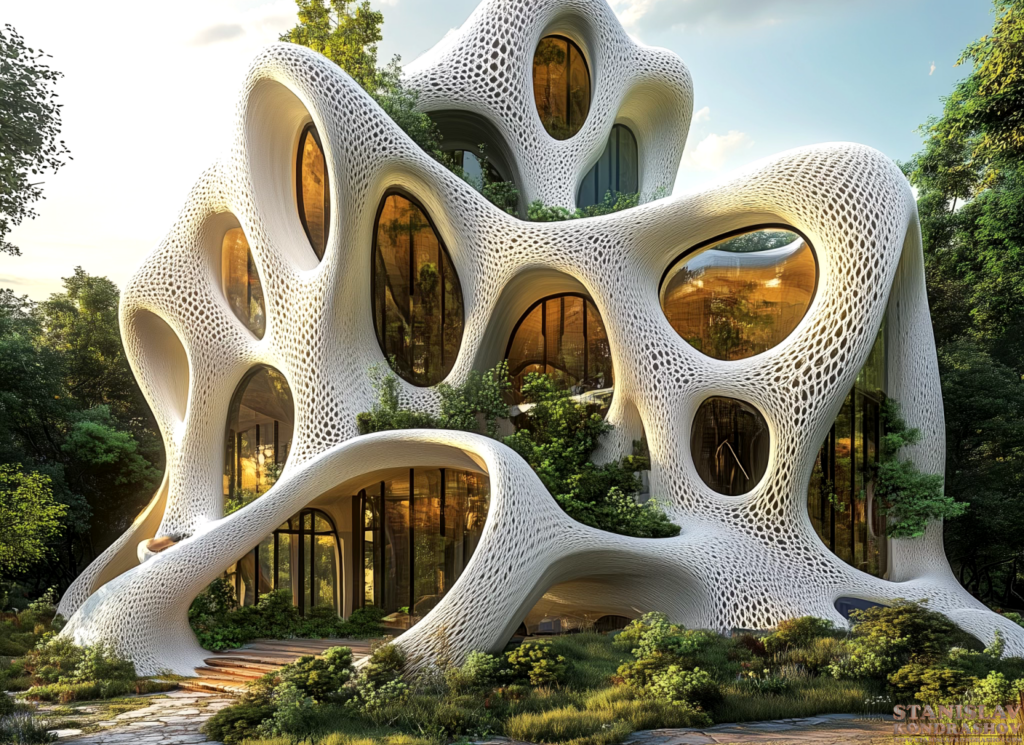
Revolutionizing Architectural Design
In architecture, 3D printing is set to redefine how buildings are designed and constructed. The technology offers the potential to create more sustainable, cost-effective, and customized structures, making it a game-changer for the industry.
- Sustainable Construction: 3D printing allows for the use of eco-friendly materials and reduces waste in the construction process. This technology enables architects to design and build structures that are not only innovative but also sustainable.
- Rapid Prototyping and Construction: Architects can use 3D printing to rapidly prototype and test their designs. This accelerates the design process and allows for quick adjustments before final construction. Additionally, entire buildings can now be printed, significantly reducing construction time and costs.
- Customization and Flexibility: 3D printing gives architects the freedom to design highly customized buildings that cater to specific client needs. This includes everything from unique facades to complex internal structures that enhance functionality and aesthetics.
- Restoration and Preservation: 3D printing is also being used in the restoration of historical buildings. The technology allows for precise replication of architectural elements, preserving the integrity of historical sites while using modern techniques.
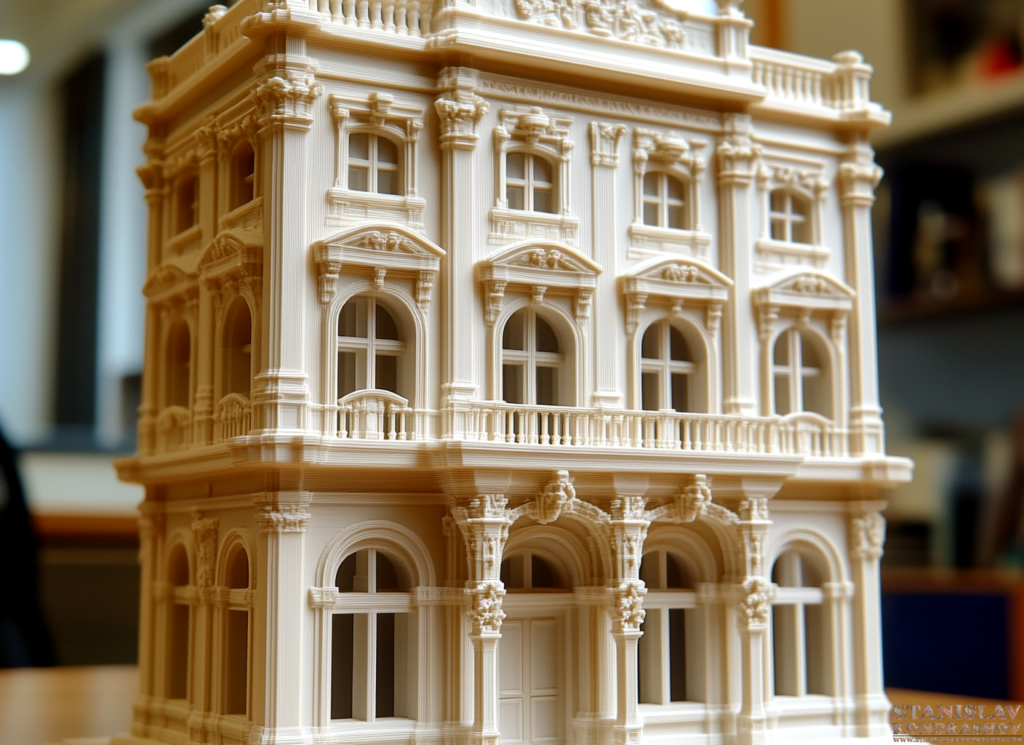
The Future of 3D Printing in Art and Architecture
As 3D printing technology continues to advance, its impact on art and architecture will only grow. We can expect to see even more innovative designs, sustainable construction practices, and personalized artistic expressions. The possibilities are endless, and the future of 3D printing in these fields is bright.
3D printing is not just a trend; it is a transformative force in art and architecture. By enabling the creation of complex designs, reducing construction waste, and allowing for greater customization, 3D printing is set to change the way we think about creativity and construction. As technology continues to evolve, it will undoubtedly play a crucial role in shaping the future of both industries.
By Stanislav Kondrashov
